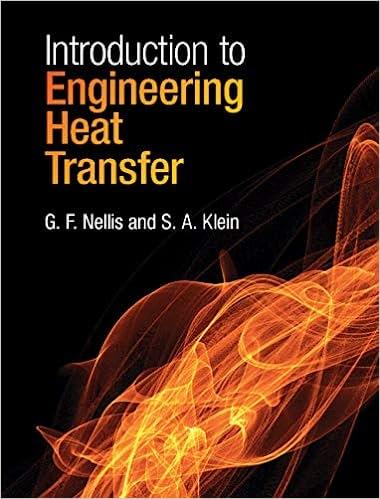Question
Consider a system consisting of Lake Erie and Lake Ontario. Much of the outflow from Lake Erie enters into Lake Ontario by means of the
Consider a system consisting of Lake Erie and Lake Ontario. Much of the outflow from Lake Erie enters into Lake Ontario by means of the Niagara River. We are interested in the concentration of pollution in each of the two lakes. Assume that the volume of each lake remains constant and that Lake Erie is the only source of pollution for Lake Ontario.\ (a) Write a pair of differential equations for the concentration of pollution in each of the two lakes. In deriving your equations, feel free to use the variables
M,V,F, and
C(with subscript 1 for Lake Erie and 2 for Lake Ontario) for mass, volume, flow rate, and concentration. (Lake Ontario has its own flow rate and volume but the inflowing concentration of pollution into Lake Ontario equals the concentration of pollution in Lake Erie.)\ (b) Simplify your model by first assuming that only unpolluted water flows into Lake Erie and then by letting
k_(1)=(F_(1))/(V_(1))and
k_(2)=(F_(2))/(V_(2)).\ (c) For initial conditions
C_(1)(0)=C_(1,0)and
C_(2)(0)=C_(2,0), first solve for
C_(1)(t)and then use an integrating factor to show that\
C_(2)(t)=(k_(2))/(k_(2)-k_(1))C_(1,0)(e^(-k_(1)t)-e^(-k_(2)t))+C_(2,0)e^(-k_(2)t) 
Step by Step Solution
There are 3 Steps involved in it
Step: 1

Get Instant Access to Expert-Tailored Solutions
See step-by-step solutions with expert insights and AI powered tools for academic success
Step: 2

Step: 3

Ace Your Homework with AI
Get the answers you need in no time with our AI-driven, step-by-step assistance
Get Started


